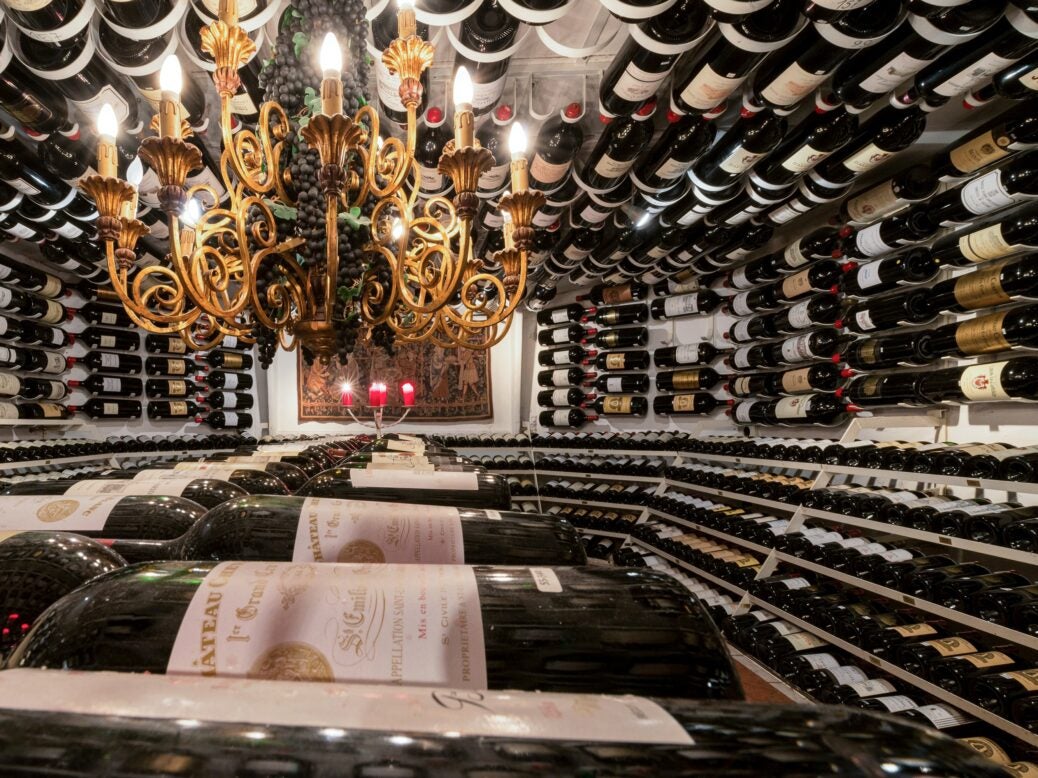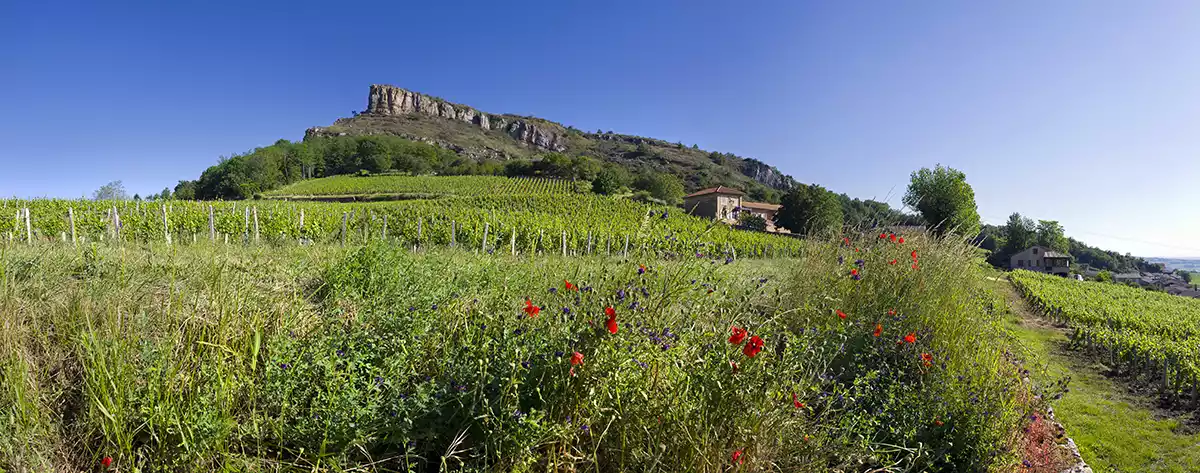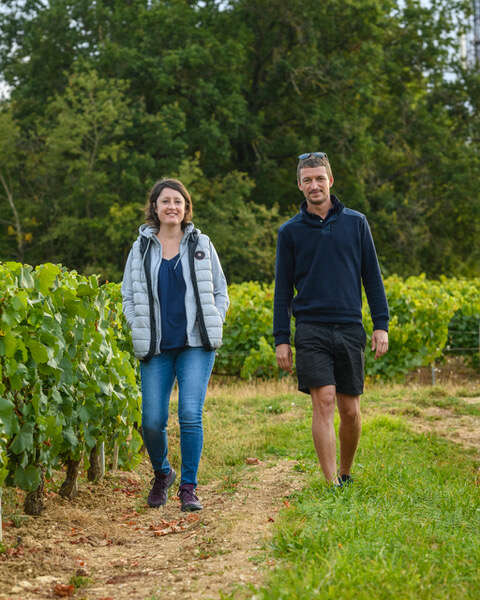
Nestled in the western Austrian alps, in the Tyrolean region, lies one of Arlberg’s most affluent resorts: Arlberg1800. Beneath the resort sits the Brotherhood wine cellar, which dates back to the 14th century. A mere four months after it was bought by Arnold Ganahl, grandfather of now hotel manager Florian Werner, the resort burned down to the basement in January 1957, and the Brotherhood wine cellar was one of the few spaces to survive. Some 5,500 bottles lie in the cellar; wines as old as 1858 Château d’Yquem sit quietly here.
Despite the tragedy, Arnold resolved to make the incident a turning point for the hotel, and re-built from the ground up, re-opening in 1961. His daughter, Gerda, and her husband Adolf (Adi) Werner took ownership of the resort in 1964. A lover of fine wine, Adi sharpened the wine focus, and has built a notable collection that is particularly renowned for its large format Bordeaux, which reside in nearby Hospiz Alm. His family, the Werners, has been running the hotel for three generations and it now contains one of the world’s largest private collections of large-format wine. The exclusive Tyrolean skiing region attracted kings, presidents, and millionaires during the 1970s for its winter sports. It was clientele such as this that encouraged Adi to seek wines of higher status, which took him to Bordeaux. His tenacity to bring the very best back to the hotel for his guests has led to close long-term relationships with some 40 French producers. Such is the rapport he has with them that he can make special requests for large bottles, such as Jeroboams, Balthazars, and Nebuchadnezzars, at any time.
Brotherhood wine cellar
The Brotherhood was re-established by Adi when he discovered papers buried in the hotel, and enlisted all the hotel guests at that time, whatever their walk of life. Members receive individual numbers and a pin—along with a genial €10 fine if they forget to wear it—and to date there are 24,000 members, of which 16,000 are active. Every Thursday during the winter months members are invited to wine and dine in the hotel to catch up. Each year the Brotherhood raises as much as €1 million, and last year they helped around 400 families in need.
Less than 100m round the corner sits the Hospiz, a haven for wine fiends. The cellar can be accessed via a slide, a convenient solution for those trudging down in ski boots. “The bigger the better,” insists Karl-Heinz Pale, Bar Manager and Head Sommelier, of their big-bottle collection. Among the 3,000 bottles are many of the big names in Bordeaux, such as Cheval Blanc and Pichon Lalande, but also the likes of Château Giscours, Clos de Sarpe, and La Fleur de Bouillard. Although the hotel and restaurant has gone down the Bordeaux route for their large-format collection, a 30-liter bottle of Drappier Champagne is included for good measure. Among the exciting additions planned for 2018 is a 27-liter bottle of Bordeaux. The château has yet to be determined, however discussions are underway with many of Bordeaux’s key players.
Arlberg Hospiz Hotel, Austria
The large bottles are very popular, particularly with the wine-focused crowds who flock to Arlberg’s ski slopes during the winter; as many as 350 are broached each season (early December to mid-late April), and happily, over the past ten years only three have been corked. The bottles are cherished and opened with due ceremony, which can be done in the guest’s room with a bronze, hand-forged decanting machine.
All three generations of Werners share a strong passion for wine, culture, and art. Current hotel manager Florian has a remarkable collection of art, which can be seen distributed throughout the hotel, alongside some of his own pieces, in the style of Jackson Pollock. Fueling the family’s passion for the arts is the new Contemporary Art and Concert Hall (opened 2015) where artists, musicians, and visitors can connect.
It can be challenging finding older vintages of Bordeaux and Burgundy—many mature vintages are often missing even from top lists—but Arlberg plays host to an extensive collection across both its wine cellars, one known for its history and charity work, the other for its large bottles. Either can share with the other, but seldom needs to, when each is remarkably individual in its own right.






